When most travelers think of Egypt, their minds immediately drift to the grandeur of the Pyramids, the mysterious Sphinx, or the bustling streets of Cairo. Yet, beyond the crowds and postcard-perfect attractions lies a side of Egypt few people ever see — the hidden gems near Hurghada, where untouched beauty, authentic culture, and genuine adventure still thrive.
This is your insider’s guide to discovering secret places in Egypt that remain blissfully off the tourist radar. From quiet islands and mystical monasteries to desert oases and ancient ruins buried in sand, these destinations reveal a more intimate and authentic Egypt — one that rewards curiosity and a spirit of exploration.
So, pack your camera, your sense of wonder, and a bit of courage — because these are the top 10 hidden gems near Hurghada you’ve probably never heard of.
1. Abu Mungar Island – The Real Deserted Paradise
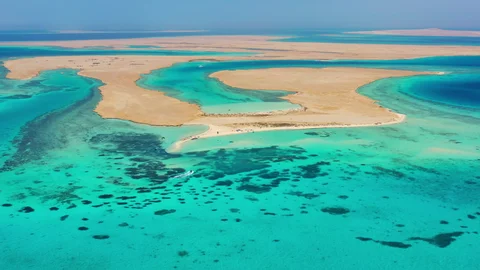
Just a short boat ride from Hurghada’s Marina, Abu Mungar Island feels like a dream. It’s small, uninhabited, and often overlooked in favor of the more famous Giftun Island. But what it lacks in fame, it makes up for in tranquility.
There are no bars, loud music, or crowds here — just turquoise waters, soft white sand, and the soothing sound of waves. You can snorkel right off the beach and discover colorful coral gardens alive with marine life.
Bring a picnic, plenty of sunscreen, and prepare to enjoy your own private paradise. If you’re searching for an off the beaten path Egypt experience that still feels safe and accessible, Abu Mungar Island is it.
2. El Gouna’s Secret Lagoons and Hidden Cafés

While El Gouna is often described as Egypt’s most sophisticated resort town, few visitors go beyond its main marina and beaches. Venture a little deeper, and you’ll uncover the town’s secret lagoons — quiet, crystal-clear pockets of water perfect for paddleboarding, kayaking, or peaceful reflection.
Hidden among the lagoons are small, family-run cafés that serve fresh juice, Egyptian tea, and home-cooked meals with stunning lagoon views.
El Gouna also has some hidden gems for culture lovers — like the small but fascinating El Gouna Museum, and local art galleries showcasing Egyptian painters and photographers. It’s a refreshing break from Hurghada’s bustle and offers a taste of quiet luxury wrapped in authenticity.
3. The Bedouin Village Beyond the Mountains
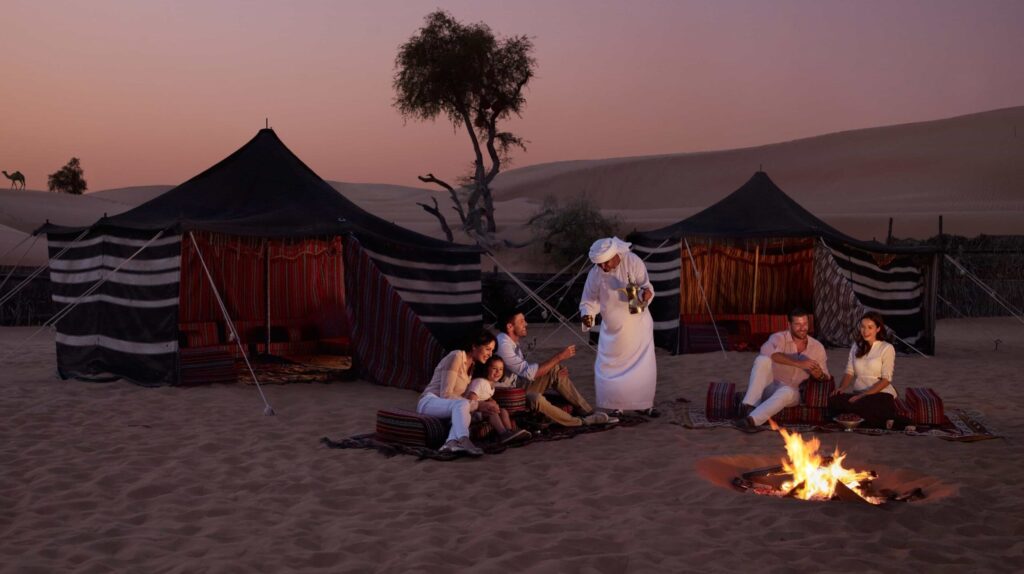
Many tourists join organized desert safaris that include a short stop at a “Bedouin village,” but few realize there are real, inhabited Bedouin communities just beyond the mountains — untouched by mass tourism.
These villages can be reached by experienced local guides via 4×4 or camel trek. Here, you can share tea with Bedouin families, learn about traditional crafts, and witness how desert life continues much as it has for centuries.
The stars in this remote desert are brighter than anywhere else — and if you stay until dusk, you’ll understand why travelers describe it as one of the most spiritual and secret places in Egypt.
4. El Quseir – Egypt’s Forgotten Port City

About two hours south of Hurghada lies El Quseir, a town that time forgot. Once an important Red Sea port connecting Egypt to Mecca and India, today it’s a charming blend of faded Ottoman architecture, narrow alleys, and coral stone houses.
Wander through the old quarter, visit the 16th-century Ottoman Fortress, and sip mint tea in a seaside café overlooking fishing boats.
El Quseir also has some of the region’s most pristine coral reefs — unspoiled by heavy tourism. Snorkeling here offers the same beauty as Marsa Alam, without the crowds.
If you’re craving authenticity and history, El Quseir is one of the best hidden gems near Hurghada you can explore by car or local bus.
5. Wadi El Gemal National Park – Egypt’s Wild South
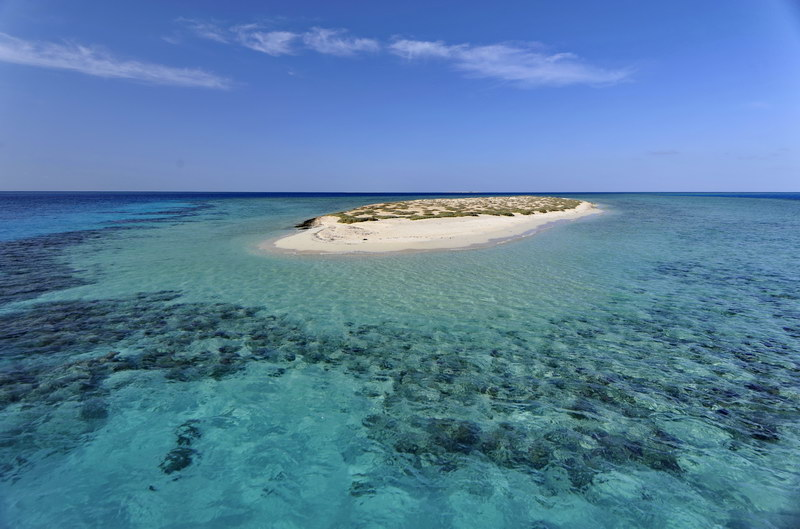
Three hours further south of El Quseir, the Wadi El Gemal National Park is a wonderland of biodiversity, ancient ruins, and desert landscapes. Its name means “Valley of the Camels,” and the park covers both land and sea — including coral reefs, mangroves, and mountain plateaus.
Few foreign tourists make it here, which is part of its magic. You can spot gazelles, Nubian ibex, migratory birds, and even dolphins along the coast. The park also protects ancient emerald mines once used by the Romans.
Guided eco-tours offer camping under the stars, Bedouin meals, and hiking trails through surreal rock formations. Wadi El Gemal is truly off the beaten path Egypt at its most breathtaking.
6. Mons Porphyrites – The Lost Roman Quarries
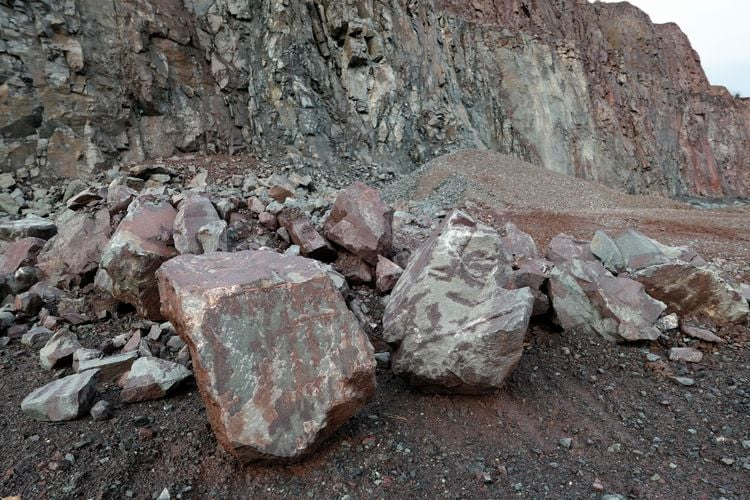
Deep in the Eastern Desert, hidden among rugged mountains, lie the ruins of Mons Porphyrites, once the most important source of purple porphyry stone in the Roman Empire.
For centuries, this stone was prized by emperors and used to decorate palaces and temples across Europe. Today, only a few archaeologists and adventurers visit the site, where you can still see the remains of Roman buildings, worker camps, and ancient roads carved into the desert.
A trip here requires a local guide and a 4×4 vehicle, but the journey is unforgettable. The silence of the desert, the wind-carved rocks, and the traces of ancient human ambition make Mons Porphyrites one of the most extraordinary secret places in Egypt.
7. Makadi Heights – The Overlooked Viewpoint

Everyone flocks to Makadi Bay for its beaches and resorts, but just behind the coast lies Makadi Heights, a newly developed hilltop area that offers one of the best panoramic views of the Red Sea coastline.
Few tourists take the short detour uphill, which makes it perfect for peaceful sunset watching. Bring your camera — the golden light on the sea and mountains creates postcard-worthy photos.
There are a few stylish cafés and boutique hotels here where you can enjoy a relaxed afternoon away from the bustle below. If you’re looking for hidden gems in Hurghada that are easy to reach, this is one to add to your list.
8. The Monasteries of St. Anthony and St. Paul

Roughly a 3.5-hour drive north of Hurghada, deep in the Eastern Desert, stand two of Egypt’s most sacred Christian sites — the Monastery of St. Anthony and the Monastery of St. Paul.
These monasteries date back to the 4th century AD and are among the oldest in the world. Carved into remote desert cliffs, they are still home to Coptic monks who live simple, spiritual lives dedicated to prayer.
Visitors are welcome, and guided tours reveal ancient frescoes, manuscripts, and chapels that have stood untouched for over a millennium. The journey itself — through golden desert valleys and quiet mountain roads — is as awe-inspiring as the destination.
This is one of those off the beaten path Egypt experiences that blend spirituality, history, and raw natural beauty.
9. Desert Canyon of Sheikh Malik
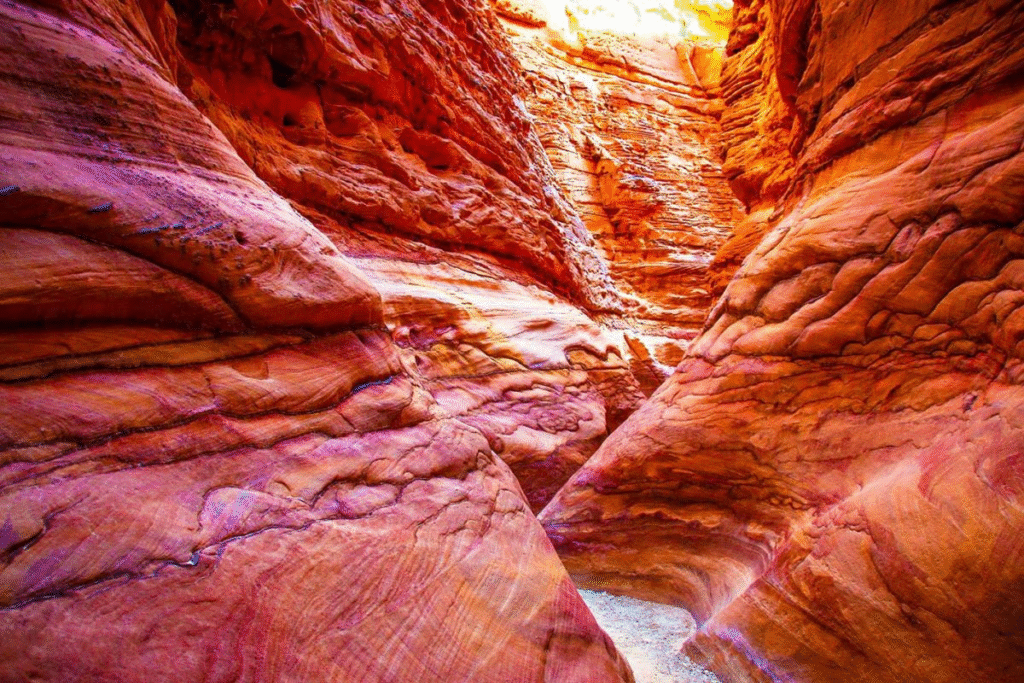
If you’ve already done the standard desert quad biking near Hurghada and want something more adventurous, head to the Canyon of Sheikh Malik, a hidden natural wonder not far from Safaga.
Accessible only with local guides, this canyon features striking rock formations, narrow passages, and colorful sandstone layers shaped by centuries of wind erosion. It’s a paradise for photographers and geology lovers alike.
You can explore the area on foot or combine it with a jeep safari and camel ride. It’s peaceful, otherworldly, and perfect for travelers who crave off the beaten path Egypt adventures beyond the usual tourist trails.
10. The Underwater Museum at Abu Ramada

Hurghada is famous for diving, but few divers know about the Underwater Museum at Abu Ramada, an artistic project located at one of the area’s most scenic dive sites.
The project combines coral restoration with creative sculptures that act as artificial reefs, attracting marine life and helping preserve natural ecosystems.
As you dive, you’ll see statues and shapes slowly becoming one with the ocean — home to fish, corals, and sea creatures. It’s both eerie and beautiful, a hidden reminder of how art and nature can work together.
For divers seeking hidden gems near Hurghada, this is a must-see — an underwater world unlike anywhere else in Egypt.
Tips for Exploring Egypt’s Hidden Gems Safely
Exploring secret or lesser-known spots can be deeply rewarding, but it also requires preparation and awareness. Here are a few tips to help you enjoy Egypt’s hidden beauty responsibly:
- Travel with a licensed local guide. Many hidden destinations, especially desert or mountain areas, are best explored with professionals familiar with routes and safety.
- Respect local customs. Rural and Bedouin communities appreciate modest clothing and polite interactions.
- Stay hydrated and sun-protected. Egypt’s climate can be harsh — always carry water, sunscreen, and a hat.
- Leave no trace. Take only photos, leave only footprints. Protect Egypt’s fragile desert and marine environments.
- Check transportation options. Some spots can be reached by organized tours, while others may require private taxis or 4x4s.
- Start early. Desert excursions are safest in the morning or late afternoon when temperatures are cooler.
Why Hidden Egypt Deserves Your Attention
Choosing to explore hidden gems near Hurghada offers more than just great photos — it provides a connection to the real Egypt. These places reveal stories of resilience, faith, and natural beauty that exist far beyond the resort walls.
By supporting small communities, eco-friendly initiatives, and local guides, you also help preserve these secret places in Egypt for future generations.
So next time you visit Hurghada, skip the crowded spots for a day — and set out to find your own slice of hidden paradise. Egypt’s off-the-beaten-path wonders are waiting to surprise you.
Conclusion: Egypt’s Secrets Await
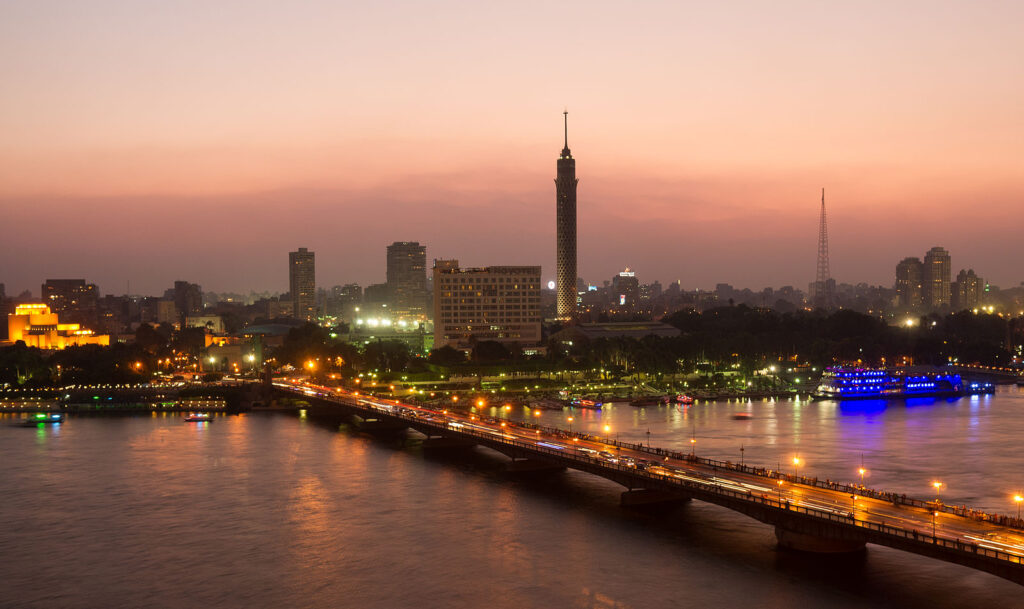
Egypt may be known for its timeless monuments, but its hidden corners hold treasures that are just as magical. From remote islands to ancient monasteries, every hidden gem tells a different story — one of nature, history, and quiet beauty.
If you’re ready to step away from the ordinary and experience Egypt in a truly personal way, the journey starts just beyond Hurghada’s shoreline. Follow the desert roads, explore the secret canyons, and let these quiet places remind you why Egypt is so much more than you ever imagined.
Because the real magic of Egypt isn’t just in its history — it’s in its hidden heart.







